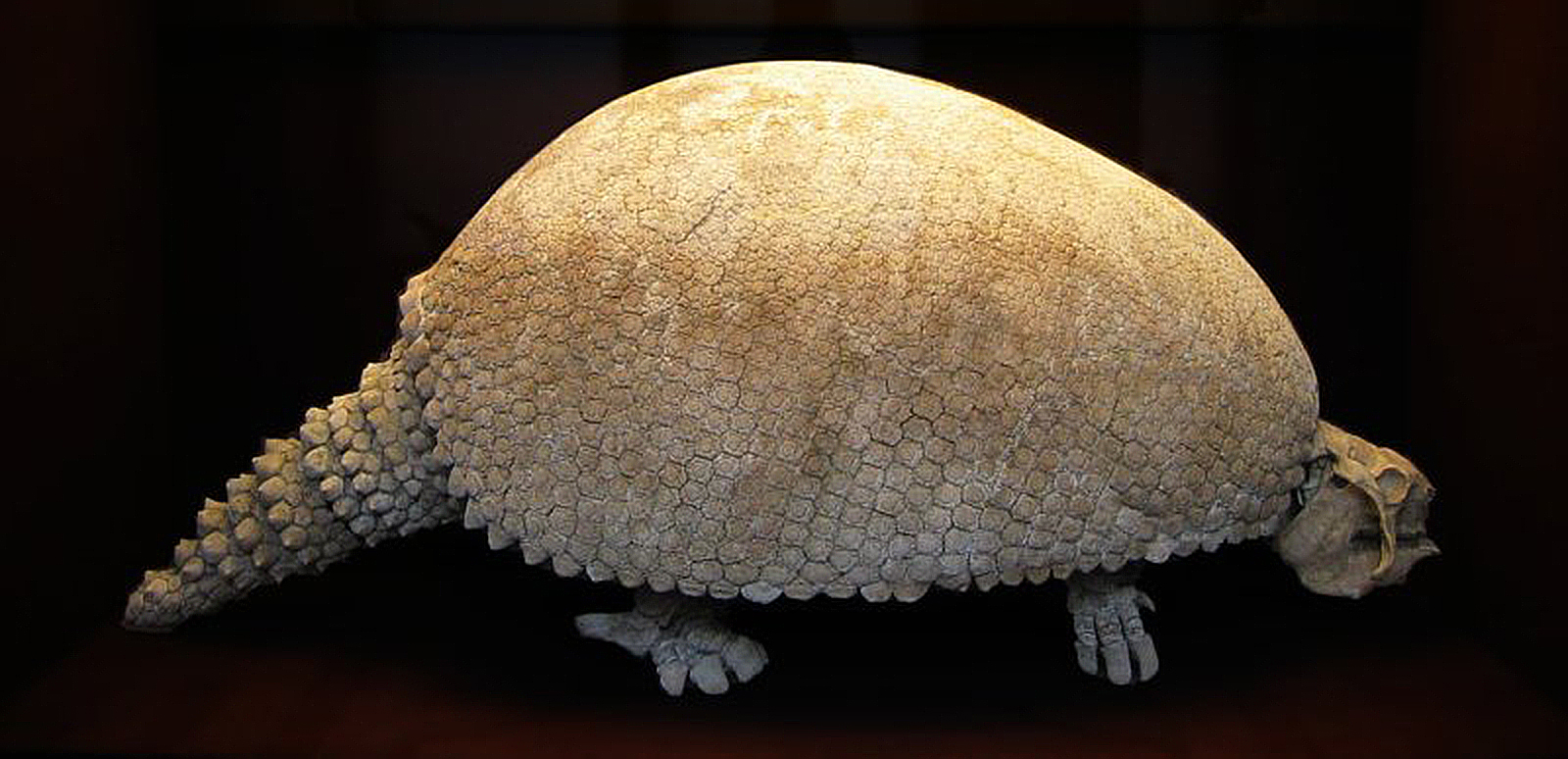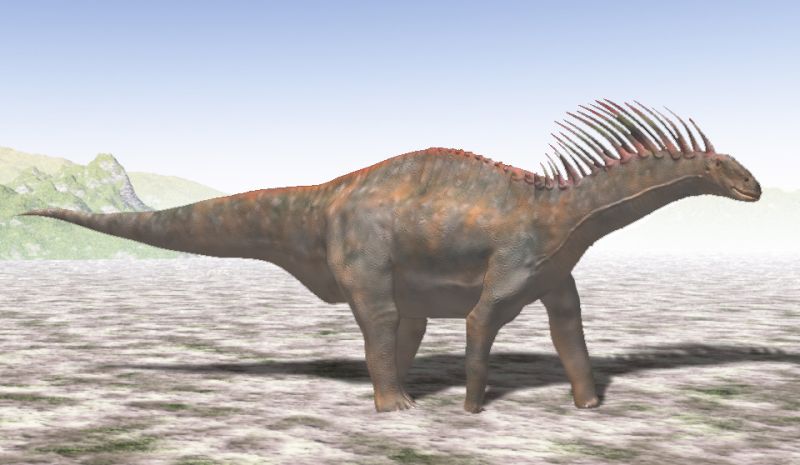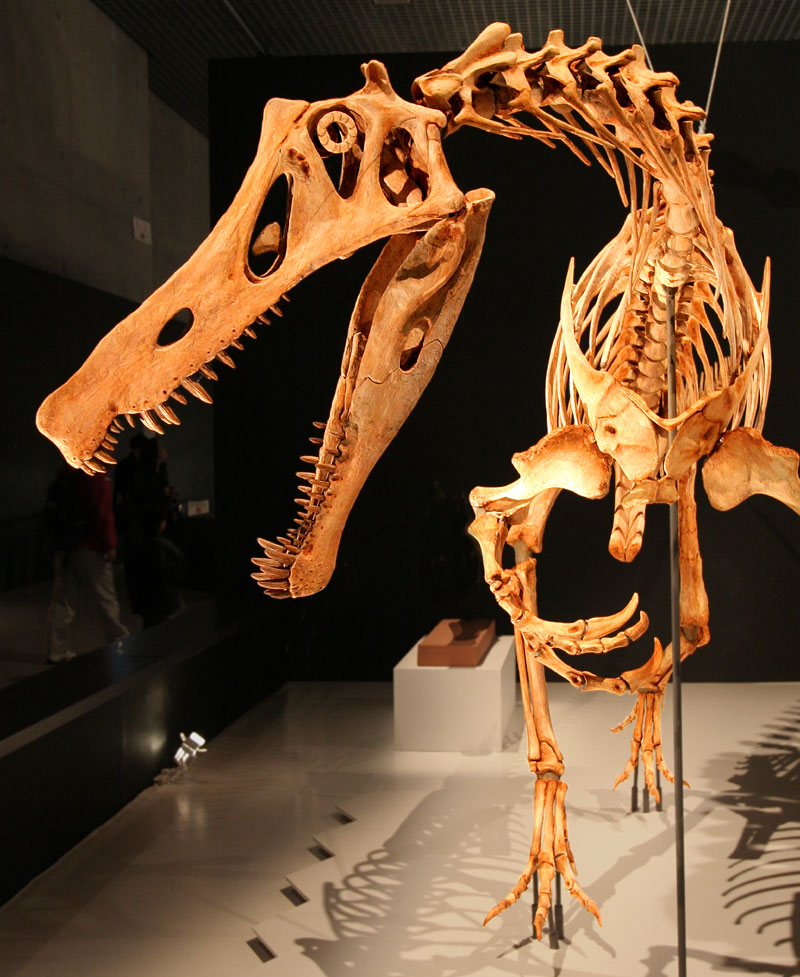After today's class, I was curious to know more about the native people of the Pantanal, so I did a little research. I learned that humans first moved into the Pantanal more than 8000 years ago. They tended to settle around the mountains near permanent rivers, where the effects of the flooding were minimal. The first Spanish expedition to encounter these people occurred in 1514 and went up Rio Paraguay. Since they found a tribe named Xaray, they first named the flood region "Mar de Xarayés" before its name got changed to Pantanal.
 |
| Courtesy of blog-do-netuno.blogspot.com |
The Guaicurú was not the only war-loving tribe, however. The Paiaguás, known as "canoe Indians," were also quite warlike and ended up invading much of their neighbors' territory through canals. They were supposedly the most characteristic tribe of the Pantanal because of their adaptation to the flood cycle and their skills in fishing. Another notable tribe was the Guatô, a nomadic group which was known for excellence in bow-and-arrow hunting. Because they were a relatively small tribe, the Guatô ended up being subsumed by the Guaicurús and the Paiaguás.
Today, most descendants of these tribes have integrated into Brazilian culture, learning Portuguese and using their voice to bring up issues that affect the Pantanal. For instance, recently indigenous people spoke out against Hydrovia Paraguai Paraná, a canal that is planned to link Rio Paraguay and Rio Paraná but would severely disrupt the Pantanal's flood cycle. Currently, the project is being reexamined and the decision whether to follow through with it has not yet been determined. But the fact that it has halted, at least temporarily, shows that the voice of the native people today is powerful.
More information can be found at this website.










.JPG)
.JPG)
.JPG)






